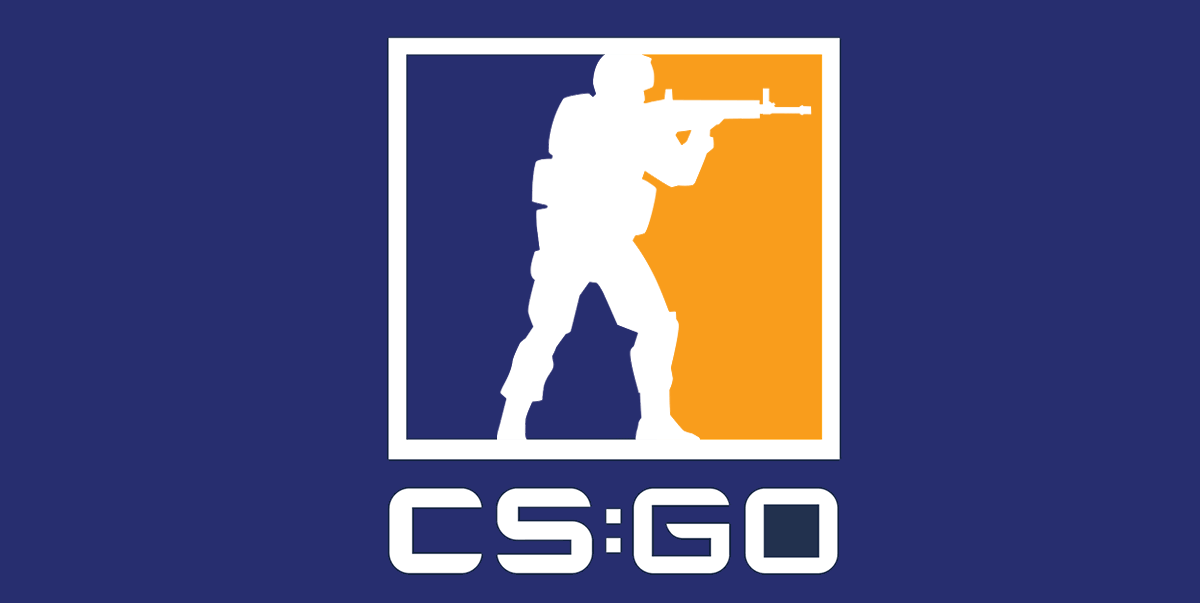Welcome to Counter-Strike: Global Offensive, an online multiplayer first-person shooter that’s lived to tell the tale two decades later.
CS:GO is a team-based game developed by Valve and released in August 2012.
Valve first established the Counter-Strike series in November 2000, but the game only came to fruition three years later when Counter-Strike 1.6 was released. Since then, Counter-Strike has grown into one of the world’s most competitive games to date with its esports scene garnering a large Western audience.
To play CS:GO, all you need to do is create a Steam account and download the game. It’s absolutely free.
Gameplay fundamentals
CS:GO is a game of two sides, the Terrorists (Ts) and the Counter-Terrorists (CTs).
Bomb Defusal is the game’s main mode played in competitive, but there are various other alternatives, like Wingman, Hostage Situation, Arms Race, Deathmatch, Demolition, and Weapons Expert. Bomb Defusal has a number of similarities to Call of Duty’s Search and Destroy mode, but CS:GO games last considerably longer in comparison.
Players have one life per round in Bomb Defusal. The general goal of the game mode is to kill all five opponents within the allotted time limit (one minute and five seconds). But there’s more to it.
The T-side’s objective is to plant a bomb on either the A or B site and successfully defend and detonate it. The CTs, however, will aim to defend the bombsites until the time runs out. If the bomb is planted, the CTs have 40 seconds to kill defending attackers and defuse it. If they fail to do so, they lose the round.
Related: A beginner’s guide to the CS:GO economy
Competitive CS:GO includes 30 rounds between two teams of five players. A casual game, though, can last up to 15 rounds. The main difference between the two is the money system. It’s much more straightforward in casual and it allows up to 10 players per team.
CS:GO’s economy system is what separates it from its FPS counterparts. Players start with a pistol in hand and $800 each before they upgrade to bigger and better weapons, like rifles, snipers, SMGs, and shotguns.
Before each round, players have 15 seconds (the “freeze time”) to buy guns and utility. Weapons, though, can’t be returned or refunded for money. Once you buy something, you’re stuck with it until you die.
For a comprehensive list of every gun in the game, check out this guide on all of the weaponry. To learn more about the intricacies of the economy system, you can read this guide on the game’s money and the current meta.
Esports
CS:GO is one of the biggest esports in the Western world. Professional teams travel all over and compete in tournaments for cash prizes, trophies, and glory.
Similar to how conventional sports work, CS:GO requires countless hours of hard work and dedication. It’s not strictly physical, but it’s certainly mental. Developing individual skills and team synergy can take years of practice. Mental fortitude and physical endurance each play an important role.
Valve, the developers of CS:GO, holds a $1 million tournament three times a year called a Major. In a Major tournament, players from various regions across the world compete in CS:GO’s most prestigious event.
There are typically 24 teams in total, but this has varied from year to year. The next Major on the cards is IEM Rio Major 2022, scheduled to take place from Oct. 31 to Nov. 13. A total of $1 million will be up for grabs.
Majors tend to host teams from Europe, North America, South America, Asia, and Australia, but this has been known to change from year to year.
Related: The fundamentals of Counter-Strike
In professional play, there are three phases to each round of a competitive match: the pre-execute, the execute, and the retake. The pre-execute is where the Ts set up to take a site with a strategy, while the execute is when the Ts move in and attempt to take control of the site. If the Ts successfully execute and plant the bomb, the CTs are forced into a retake situation. During the retake, CTs must regain control of the site and successfully defuse the bomb.
In most cases, teams compete in best-of-three competitive matches to formally determine the winner. There’s a veto process involved where captains and coaches of each team coordinate which maps to ban, pick, and leave as the match decider.
The played maps are chosen from the “Active Duty” map pool, which Valve changes about once or twice a year. The current maps are Inferno, Inferno, Mirage, Nuke, Overpass, Dust II, Vertigo, and Ancient.
Cosmetics
If you’ve ever played CS:GO, you probably know about one of its most compelling features—weapon skins. Skins are one of many cosmetic items in the game intended purely for aesthetic purposes. Along with weapon stickers, graffiti sprays, and profile badges, CS:GO‘s cosmetics add an extra aspect to the game without compromising its core gameplay.
If you want to know which skins are the most coveted among the player base, check out this list of the best CS:GO skins on the market.
Community
The CS:GO community isn’t known for its goodwill and well-mannered player base. When tensions are high, emotions tend to run rampant. Poor behavior, like racism and sexism, is common among the casual player base. The majority of CS:GO players, though, are more reasonable.
It’s best to take choice words with a grain of salt. CS:GO is just a game, after all. Some players feel empowered while anonymous behind their computer screens, but realistically, they pose no real harm. Staying positive and appreciating the well-behaved players goes a long way.
Your main goal is to have fun in CS:GO, so make the most of it.
If you want to have a better understanding of the game’s culture, here’s a dictionary guide to common slang used during matches.


